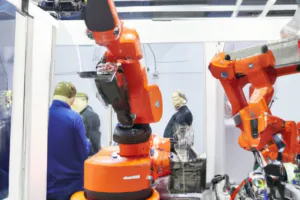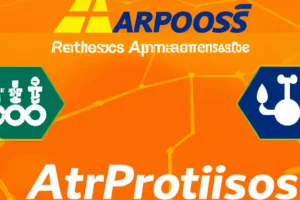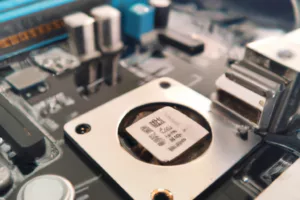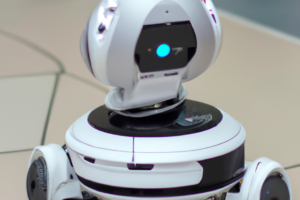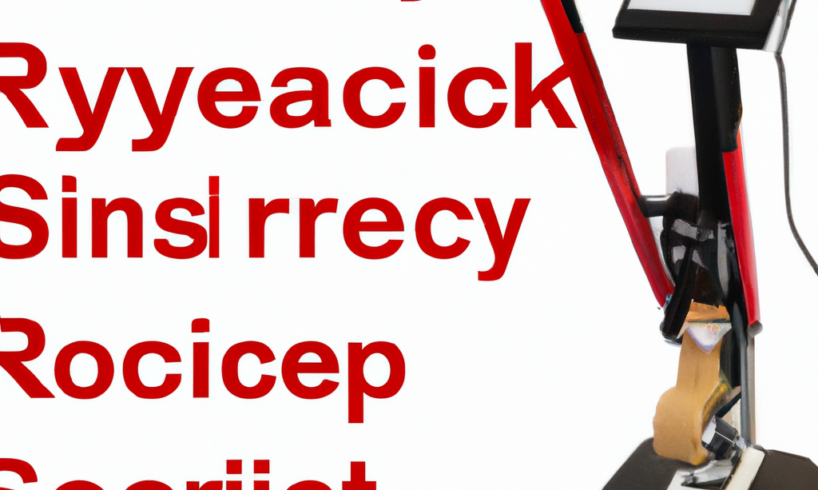
Robotic System for Assessing Arm Non-Use in Stroke Recovery
Researchers at the University of Southern California (USC) have developed a new robotic system to assess a patient's rehabilitation progress after a stroke. Stroke survivors often face challenges with impairment, weakness, and paralysis in their arms and hands, making it difficult for them to track their recovery. The robotic system uses a robotic arm to track 3D spatial information and utilizes machine learning techniques to generate a metric for “arm non-use”. By analyzing factors such as arm use probability, time to reach, and successful reach, the system provides a more accurate assessment of a patient's arm use during stroke recovery.
In the initial phase of the study, 14 participants who were right-hand dominant before their stroke were recruited. These participants were instructed to use their hands to reach for a button placed by a robot arm in different target locations. In the first phase, participants were free to use whichever hand came naturally to them, while in the second phase, they were specifically instructed to use only their stroke-affected arm. The system measured the participants' reflexive response to a light turning on, which determined which hand they used. The researchers observed significant variability in hand choice and the time taken to reach targets among chronic stroke survivors, highlighting the importance of personalized rehabilitation strategies.
Benefits and Future Implications
The new robotic system for assessing arm non-use in stroke recovery offers several benefits over traditional assessment methods that rely on observational techniques. This innovative system provides a safer and easier way to objectively assess a patient's arm use throughout their recovery process. The generated rich and objective information can be integrated into a rehabilitation therapist's decision-making process, enabling tailored interventions to address areas of weakness and strength. By using this system, healthcare professionals can gain a more accurate understanding of a patient's stroke recovery progress, leading to improved rehabilitation outcomes.
Looking ahead, the researchers at USC plan to explore further personalization of the robotic system and incorporate other behavioral data in future studies. By incorporating additional data and personalizing the system to individual patients, healthcare professionals can offer more targeted and effective rehabilitation interventions. Ultimately, this robotic system has the potential to significantly enhance the assessment and tracking of stroke recovery, improving patient outcomes and quality of life.

George Smith, with over a decade in tech journalism, excels in breaking down emerging tech trends. His work, spanning tech blogs and print, combines in-depth analysis with clarity, appealing to a wide readership. George's pieces often explore technology's societal impact, showcasing his foresight in industry trends.



